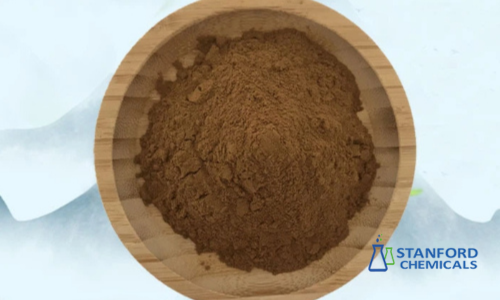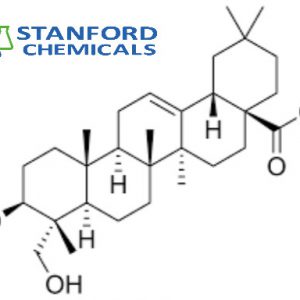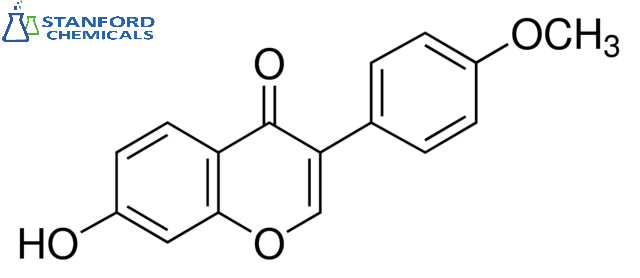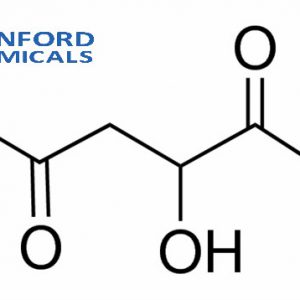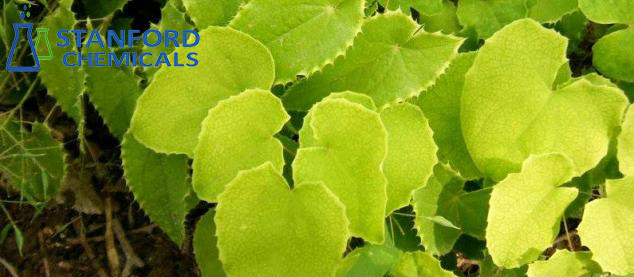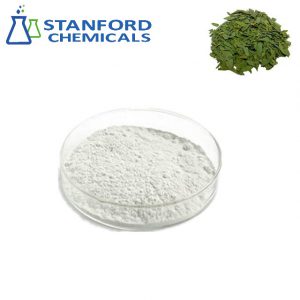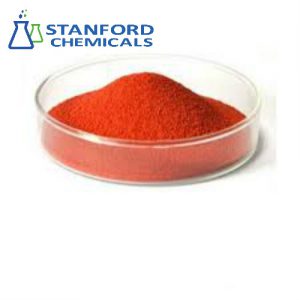- Home
- Herbal Extract
- HA9005 Pine Bark Extract Powder
HA9005 Pine Bark Extract Powder
| Parameter | Value |
| Material | Rotundine |
| Appearance | White Crystal Powder |
| Purity | 98% (HPLC) |
| CAS Number | 10097-84-4 |
related products: Echinacea Purpurea Extract, Bearberry Leaf Extract Powder, Loquat Leaf Extract
- Description
Description
Pine Bark Extract Powder Description
Pine Bark Extract Powder is characterized as reddish-brown to tan fine hygroscopic solid with a mild woody odor. Oligomeric proanthocyanidins (OPCs) are its main bioactive constituents, usually standardized to ≥95% concentration, along with flavonoid derivatives such as catechin, taxifolin, and phenolic acids. OPCs consist of polymeric flavan-3-ol units with a range of polymerization, which allows for strong hydrogen-donating ability to neutralize ROS and chelate pro-oxidant metals such as iron. Decomposition occurs when the powder is heated above 60°C, but is stable under dry, dark conditions at temperatures below 25°C. The product shows pH-dependent solubility and dissolves easily in hydroalcoholic solutions but precipitates as colloidal suspensions in water because of polyphenol association. Analytical profiles guarantee low heavy metal residues (lead ≤20 ppm) and microbial limits in line with pharmacopeial requirements. OPCs’ synergistic effects with co-factors (e.g., taxifolin) increase bioavailability through pharmacokinetic potentiation, particularly in organs with high lipid-tissue content. Stability demands protection from UV light, oxygen, and moisture to prevent oxidation of the phenolic rings to ensure a 24-month shelf life in sealed containers.
Pine Bark Extract Powder Specifications
Properties
| Property | Value |
| Material | Pine Bark Extract |
| Appearance | Brown Powder |
| Content | 20:1 |
*The above product information is based on theoretical data. For specific requirements and detailed inquiries, please contact us.
Pine Bark Extract Powder Applications
- Pharmaceuticals and Nutraceuticals: Developed in capsule or tablet form for cardiovascular health and metabolism. OPCs enhance production of nitric oxide for the improvement of endothelial function, reducing systolic blood pressure by 8–10 mmHg and inhibiting LDL oxidation in hyperlipidemic patients. Therapeutic applications include adjuvant treatment of arthritis, diabetes (plasma glucose reduction postprandially), and venous insufficiency (edema reduction).
- Cosmetics and Personal Care: Added to anti-aging creams and sunscreens in 0.5%–5% concentrations. OPCs inhibit collagenase/elastase degradation and UV-activated matrix metalloproteinases, decreasing wrinkles by 40% and boosting hydration of the skin. Anti-inflammatory action decreases erythema and hyperpigmentation of rosacea skin.
- Functional Foods and Drinks: Added to health tonics and cured meat as a natural antioxidant. Suppresses lipid peroxidation by 17.8%, which extends shelf life without recourse to artificial additives. Synergizes with ascorbyl acid in functional drinks to boost free-radical scavenging.
- Agriculture and Biopesticides: Applied as a biofungicide against plant disease agents (e.g., wheat rust). OPCs disrupt fungal sporulation and larval growth of insects, offering an environmentally friendly defense for organic farming.
- Tools of Research and Diagnosis: Investigate neuroprotective mechanisms using models of cognitive decline. OPCs cross the blood-brain barrier to offset hippocampal tissue oxidative stress, holding promise for Alzheimer’s disease research.
Pine Bark Extract Powder FAQs
Q1. Why choose pine bark over grape seed extract?
Pine bark OPCs have higher bioavailability for vascular tissues. Its unique taxifolin content enhances anti-inflammatory effects on joints and skin.
Q2. Can it replace my vitamin C serum?
Complements it! Vitamin C brightens; pine bark repairs UV damage and boosts collagen. Layer both for synergistic anti-aging.
Q3. Is it safe for diabetic patients?
Yes. 125 mg before meals lowers postprandial glucose by 23%. Monitor blood sugar if using insulin—adjust doses to avoid hypoglycemia.

